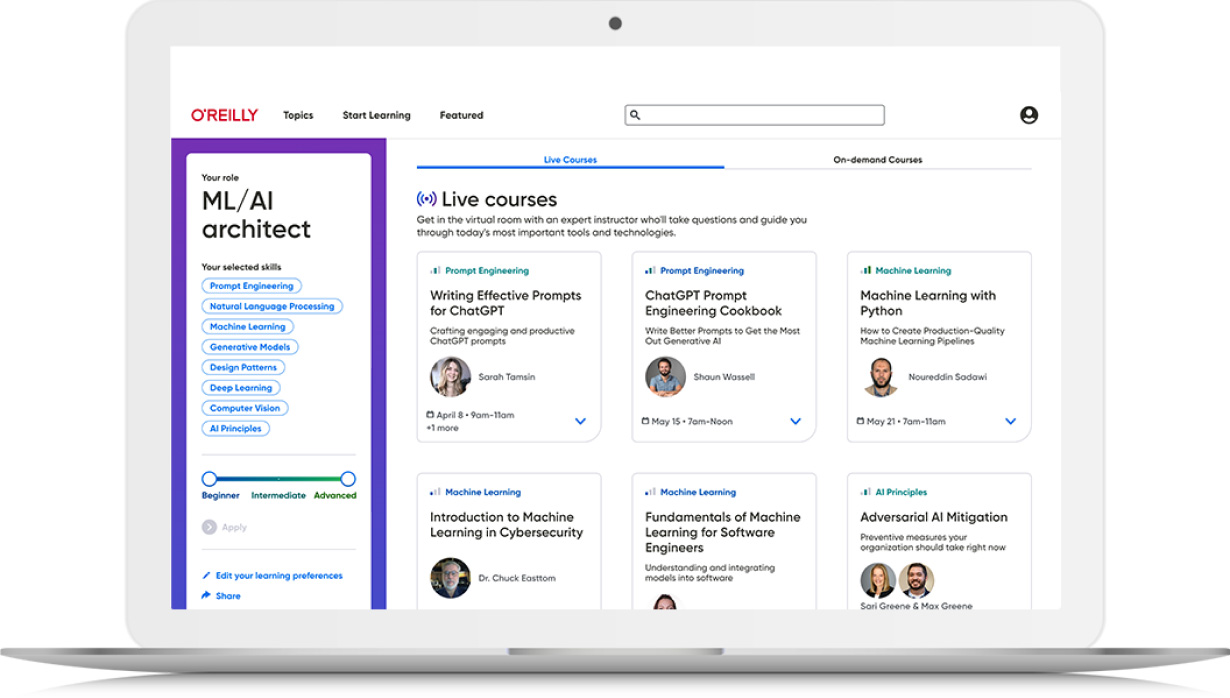Book description
Turn your noisy data into relevant, insight-ready information by leveraging the data wrangling techniques in Python and R
About This Book
- This easy-to-follow guide takes you through every step of the data wrangling process in the best possible way
- Work with different types of datasets, and reshape the layout of your data to make it easier for analysis
- Get simple examples and real-life data wrangling solutions for data pre-processing
Who This Book Is For
If you are a data scientist, data analyst, or a statistician who wants to learn how to wrangle your data for analysis in the best possible manner, this book is for you. As this book covers both R and Python, some understanding of them will be beneficial.
What You Will Learn
- Read a csv file into python and R, and print out some statistics on the data
- Gain knowledge of the data formats and programming structures involved in retrieving API data
- Make effective use of regular expressions in the data wrangling process
- Explore the tools and packages available to prepare numerical data for analysis
- Find out how to have better control over manipulating the structure of the data
- Create a dexterity to programmatically read, audit, correct, and shape data
- Write and complete programs to take in, format, and output data sets
In Detail
Around 80% of time in data analysis is spent on cleaning and preparing data for analysis. This is, however, an important task, and is a prerequisite to the rest of the data analysis workflow, including visualization, analysis and reporting. Python and R are considered a popular choice of tool for data analysis, and have packages that can be best used to manipulate different kinds of data, as per your requirements. This book will show you the different data wrangling techniques, and how you can leverage the power of Python and R packages to implement them.
You’ll start by understanding the data wrangling process and get a solid foundation to work with different types of data. You’ll work with different data structures and acquire and parse data from various locations. You’ll also see how to reshape the layout of data and manipulate, summarize, and join data sets. Finally, we conclude with a quick primer on accessing and processing data from databases, conducting data exploration, and storing and retrieving data quickly using databases.
The book includes practical examples on each of these points using simple and real-world data sets to give you an easier understanding. By the end of the book, you’ll have a thorough understanding of all the data wrangling concepts and how to implement them in the best possible way.
Style and approach
This is a practical book on data wrangling designed to give you an insight into the practical application of data wrangling. It takes you through complex concepts and tasks in an accessible way, featuring information on a wide range of data wrangling techniques with Python and R
Table of contents
- Preface
- Programming with Data
- Introduction to Programming in Python
-
Reading, Exploring, and Modifying Data - Part I
- External resources
- Logistical overview
- Introducing a basic data wrangling work flow
- Introducing the JSON file format
- Opening and closing a file in Python using file I/O
- Reading the contents of a file
- Exploring the contents of a data file
- Modifying a dataset
- Outputting the modified data to a new file
- Specifying input and output file names in the Terminal
- Summary
-
Reading, Exploring, and Modifying Data - Part II
- Logistical overview
- Understanding the CSV format
- Introducing the CSV module
- Using the CSV module to read CSV data
- Using the CSV module to write CSV data
- Using the pandas module to read and process data
- Handling non-standard CSV encoding and dialect
- Understanding XML
- Using the XML module to parse XML data
- Summary
-
Manipulating Text Data - An Introduction to Regular Expressions
- Logistical overview
- Understanding the need for pattern recognition
-
Introducting regular expressions
- Writing and using a regular expression
- Special characters
- Matching whitespace
- Matching the start of string
- Matching the end of a string
- Matching a range of characters
- Matching any one of several patterns
- Matching a sequence instead of just one character
- Putting patterns together
- Extracting a pattern from a string
- The regex split() function
- Python regex documentation
- Looking for patterns
- Quantifying the existence of patterns
- Extracting patterns
- Summary
- Cleaning Numerical Data - An Introduction to R and RStudio
- Simplifying Data Manipulation with dplyr
- Getting Data from the Web
- Working with Large Datasets
Product information
- Title: Practical Data Wrangling
- Author(s):
- Release date: November 2017
- Publisher(s): Packt Publishing
- ISBN: 9781787286139
You might also like
book
Cleaning Data for Effective Data Science
Think about your data intelligently and ask the right questions Key Features Master data cleaning techniques …
book
Practical Data Science with Python
Learn to effectively manage data and execute data science projects from start to finish using Python …
book
Practical Python Data Wrangling and Data Quality
The world around us is full of data that holds unique insights and valuable stories, and …
book
Data Science Revealed: With Feature Engineering, Data Visualization, Pipeline Development, and Hyperparameter Tuning
Get insight into data science techniques such as data engineering and visualization, statistical modeling, machine learning, …

